Microfluidic designers face great challenges while designing microfludic devices with very few spcialized tools to help them design microfluidic devices. The problem is compounded when the devices are intended for executing a biological assays where they not only have to test the correct functioning of the chip but also requires them to optimize the design for robust performance. In this paper we present an interactive tool for designing continous flow microfluidic devices called 3DuF. We also discuss the underlying design flow that the tool uses show how the tool was used to create nine devices intended to automate basic laboratory used in synthetic biology and was able to replicate nine devices from the academic literature.
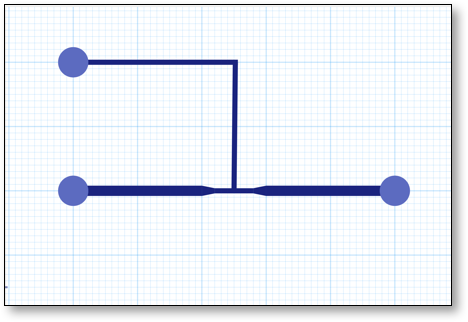
Reference:
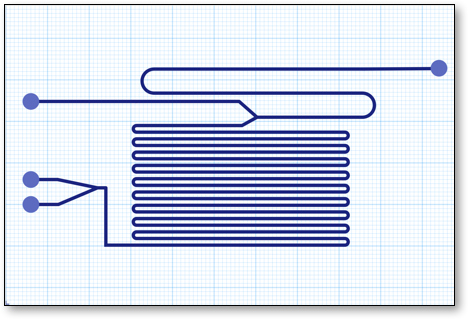
Reference:

Reference:

Reference:
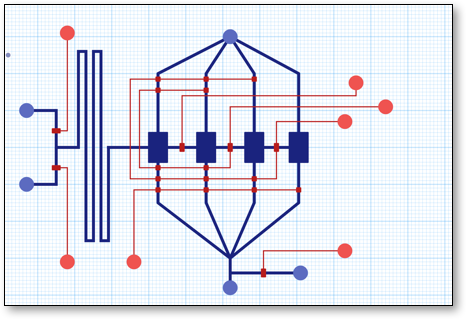
Reference:
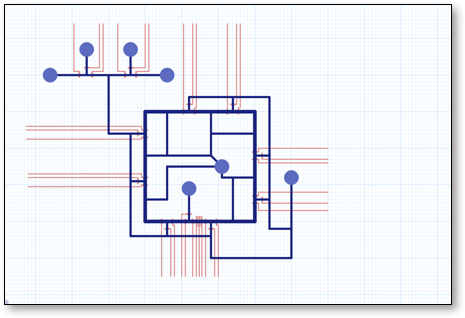

Reference:
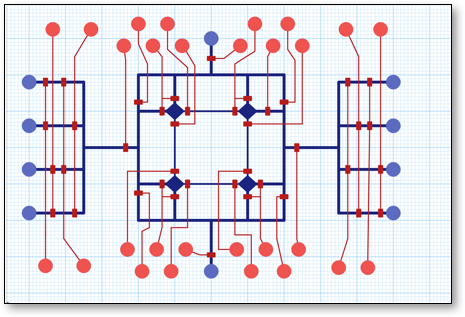
Reference:

Reference:
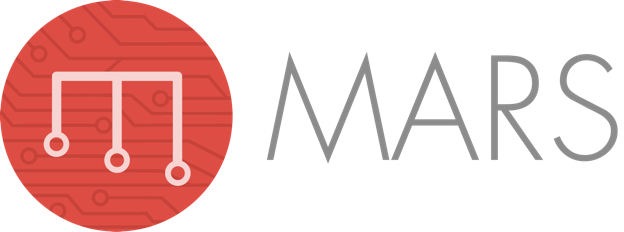
The designs below were developed by the Boston University Hardware Team for the year 2017. More information on the project and the associated designs are available on the team wiki : http://2017.igem.org/Team:BostonU_HW.